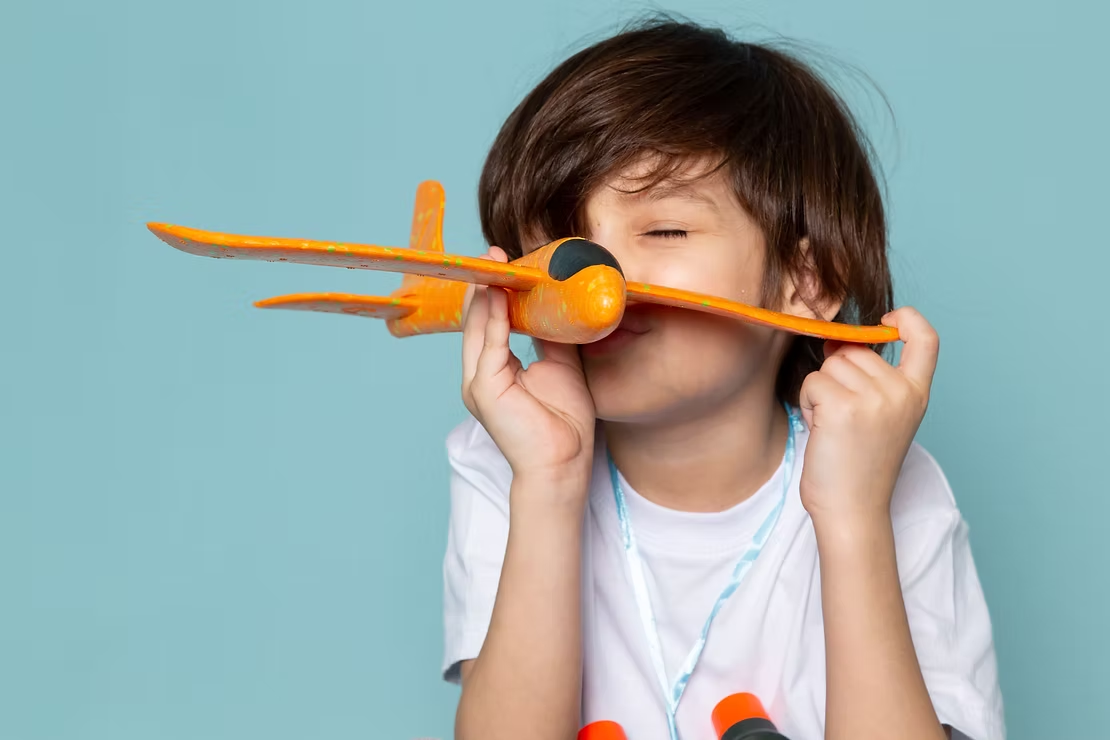
Toys are not just a means of entertainment, but an important tool for the development of a child. They affect the imagination, coordination of movements and cognitive skills of the baby, reports IZ. com.ua. Today, the choice of toys on the market is striking in its diversity, but dangers are often hidden behind the external attractiveness. Excessively cheap and low-quality products can cause serious harm to both the physical and psycho-emotional health of the child.
Content
- Toxic substances: hidden danger
- Risk of injury due to fragility
- Insufficient developmental function
- Inappropriate design is a barrier to development
- Psycho-emotional frustration and consumerism
- How to choose safe and useful toys?
Toxic substances: hidden danger
Budget toys are often made of questionable quality materials that may contain toxic substances such as phthalates, lead, or formaldehyde. In toddlers who explore the world through touch and taste, such toxins can cause allergies, skin irritation, or even serious poisoning. The danger increases when toys do not undergo appropriate quality control and certification.
Risk of injury due to fragility
Cheap materials wear out or break quickly, creating small pieces that children can swallow or inhale. Lack of proper quality control increases the risk of injuries, from cuts to choking. This is especially true for toys with sharp edges or loose parts.
Insufficient developmental function
A toy should teach, not just flash colors or make sounds. However, many cheap options do not contribute to the development of logic, creativity or motor skills. They quickly lose their appeal to the child, leaving no room for imagination or learning. This reduces the value of play as a means of learning.
Inappropriate design is a barrier to development
Toys that are poorly shaped or uncomfortable to hold can inhibit motor development or cause discomfort. Sharp edges, disproportionate sizes, and difficulty in use can not only repel a child, but also harm their physical development.
Psycho-emotional frustration and consumerism
When a toy breaks quickly or does not perform the promised function, a child begins to feel disappointed and distrustful. This can affect their attitude towards new things and form a habit of rapid consumption. Excessive use of cheap, short-lived toys establishes a disposable attitude towards things and has a bad effect on environmental thinking.
How to choose safe and useful toys?
- Choose toys with safety standards.
- Give preference to materials that are safe for children (wood, non-toxic plastic, water-based paints).
- Follow the manufacturer's age recommendations.
- Choose toys that have developmental or educational value.
As a reminder, we previously wrote about How to Understand That You Have Depression: The Main Signs and How to Deal with Them.

